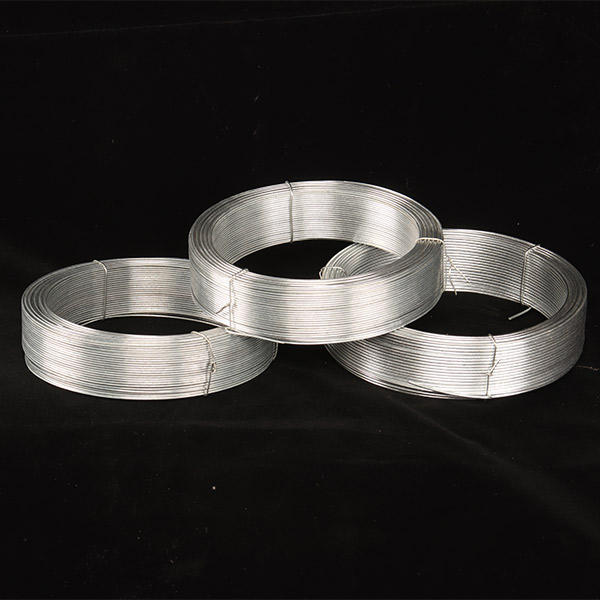Nov . 15, 2024 02:38 Back to list
welding steel mesh
The Importance of Welding in Steel Mesh Construction
Welding has been an integral process in the construction and manufacturing sectors for decades, particularly when it comes to steel mesh. Steel mesh is widely utilized in various applications, from construction to agriculture, due to its strength, durability, and flexibility. The method of welding steel mesh significantly enhances its functionality and efficiency, making it a favorite choice among engineers and builders.
Understanding Steel Mesh
Steel mesh is a network of metal wires or rods that are arranged in a grid pattern. This material is often used in construction to provide structural reinforcement in concrete, offering stability and strength to buildings, roads, and other infrastructures. Steel mesh can be made in various configurations, including welded wire fabrics and expanded metal. The method of welding ties these components together, creating a robust framework that can withstand significant stress and load.
The Welding Process
Welding steel mesh involves the fusion of metal parts through heat and pressure, creating a strong bond between the wires or rods. The welding process can be done using various techniques such as spot welding, projection welding, or MIG (Metal Inert Gas) welding, depending on the requirements of the project.
1. Spot Welding This technique involves the localized melting of the pieces being joined, allowing them to fuse together in specific points. This method is efficient for welding thin steel wires in mesh applications and ensures a strong connection without affecting the overall structure.
2. Projection Welding This method utilizes raised sections on the mesh surfaces, enabling focused heat application. It offers enhanced control over the welding process, especially when working with thicker materials.
3. MIG Welding A popular choice for many applications, MIG welding involves the continuous feeding of a filler metal into the welding arc. This technique is versatile and allows for stronger welds, making it suitable for larger and more complex steel mesh structures.
Benefits of Welding Steel Mesh
Welding steel mesh in construction provides several advantages
welding steel mesh

1. Increased Strength and Durability Welded steel mesh is more robust than non-welded versions. The welding process creates a cohesive structure that can absorb loads and resist deformation under stress.
2. Versatility Welded steel mesh can be customized for various applications, including reinforced concrete slabs, walls, and foundations. It can also be used in fencing, screening, and other architectural elements.
3. Cost-Effectiveness While the initial investment in welding equipment and skilled labor might seem high, the long-term benefits are undeniable. Welded steel mesh reduces maintenance costs due to its durability and longevity.
4. Improved Safety In construction, safety is paramount. Welded steel mesh provides better reinforcement and stability, minimizing the risk of structural failures that can lead to accidents or injuries.
Applications of Welded Steel Mesh
The applications of welded steel mesh are vast. In the construction industry, it’s used in laying foundations, reinforcing walls, and creating road surfaces. This material supports the load-bearing capacity of concrete structures by distributing weight evenly.
In agriculture, welded steel mesh finds its place in various uses, including garden fencing, livestock enclosures, and trellises for climbing plants. Its resilience against environmental factors makes it ideal for outdoor applications.
Additionally, welded steel mesh is utilized in manufacturing processes where it serves as a framework for heavy machinery, filters, or even in decorative elements for fencing and gates.
Conclusion
In summary, welding steel mesh is a fundamental technique that enhances the integrity of construction materials. The combination of steel’s inherent strength with the reliability of welds produces a product that is not only durable but also versatile. As demands for stronger, safer, and more efficient construction materials continue to rise, the role of welding in steel mesh applications will undoubtedly grow. Whether for building skyscrapers, reinforcing bridges, or creating agricultural solutions, the importance of welding in this context cannot be overstated. By choosing welded steel mesh, builders and manufacturers are investing in quality, safety, and longevity.
-
Hot Dipped Galvanized Steel Grating Durable & Corrosion-Resistant Solutions
NewsMay.31,2025
-
Plastic-Coated Hexagonal Wire Mesh Manufacturer Durable Solutions
NewsMay.31,2025
-
Reinforced Concrete Expanded Metal Mesh Suppliers & Factories High-Strength
NewsMay.31,2025
-
Galvanized Steel Wire High-Strength, Rustproof Material & Suppliers
NewsMay.30,2025
-
1 Inch Hexagonal Wire Mesh Heavy-Duty Factories & Suppliers
NewsMay.30,2025
-
Green PVC Coated Wire Durable, Weather-Resistant Electrical Solutions
NewsMay.30,2025

